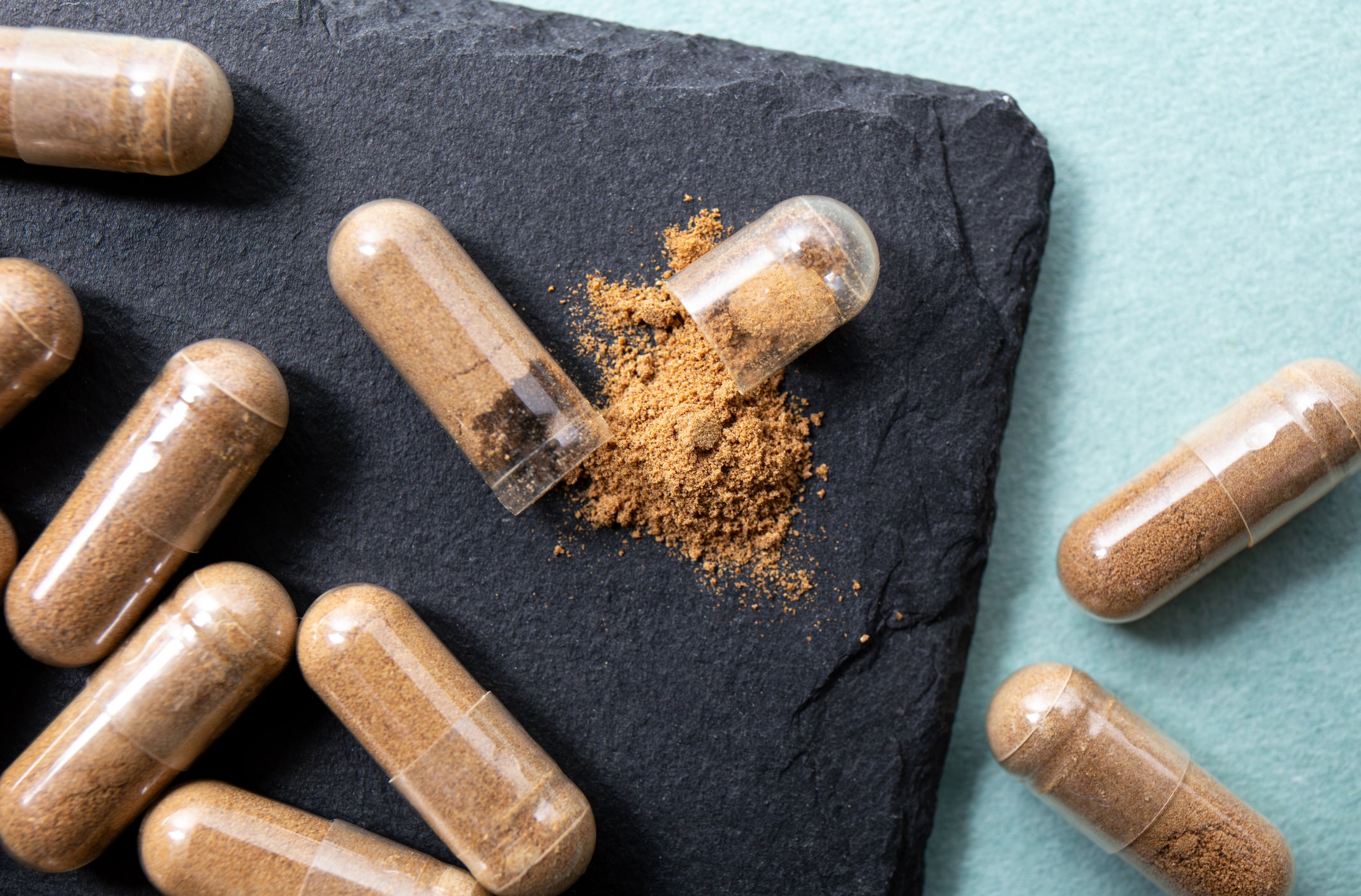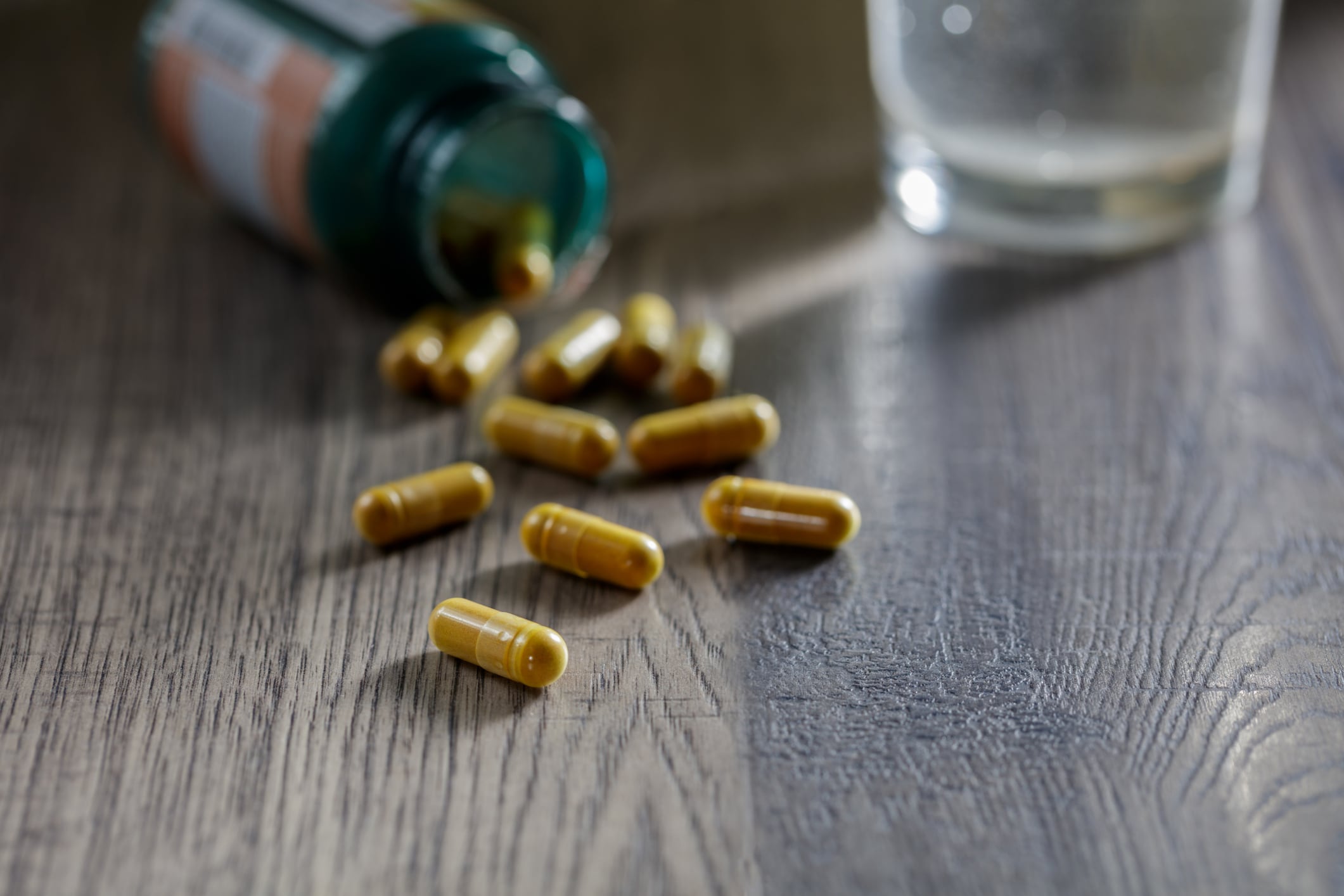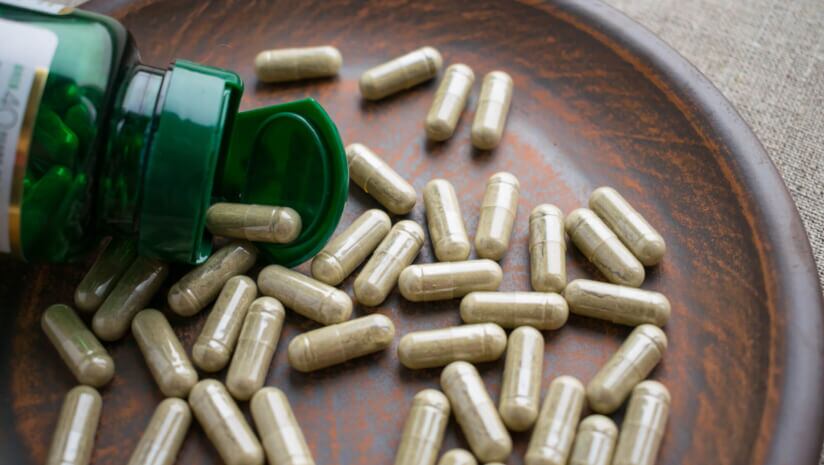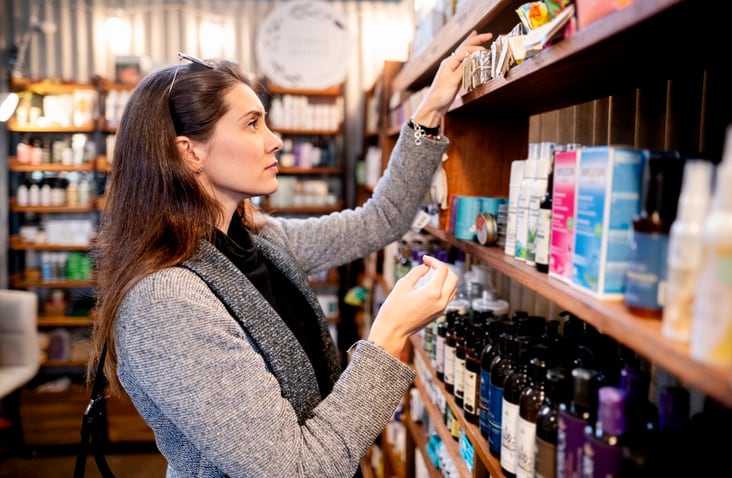The growth corresponded to an additional consumer spend of $680 million year-on-year. This growth was lower than the average annual increases of 8.2% from 2015 to 2019 but represents the second consecutive year of growth following a 1.9% contraction in 2022, following the COVID-19 pandemic.
“After a rare sales decline in 2022 and modest growth in 2023, the 5.4% increase in herbal supplement sales in 2024 suggests the market may be returning to steady, sustainable growth,” said Tyler Smith, managing editor of HerbalGram and lead author on ABC’s annual Herb Market Reports since 2014.
“Strong sales of supplements marketed for cardiovascular and cognitive health reflect ongoing consumer interest in healthy aging, while rising interest in versatile ingredients like algae and mushrooms shows how convenience and broad wellness appeal are shaping purchasing decisions.”
The 2024 Herb Market Report, which is published in HerbalGram #144 is based on U.S. retail sales data provided by Chicago-based SPINS* and Colorado-based Nutrition Business Journal (NBJ)**. The sales figures for individual herbs and fungi discussed in the Herb Market Report reflect sales of herbal dietary supplements in which the particular herbal or fungal substance (or derivative thereof) is the primary ingredient.
Top performers in the mainstream channel
For the third year in a row, psyllium maintained the top spot in the mainstream channel with $289.5 million in sales in 2024, representing a 2.3% decline from 2023.
Despite a 21% decrease in sales year-on-year, elder (Sambucus nigra and S. canadensis, Viburnaceae) berry maintained the number two spot with almost $145.2 million in sales. This was the second year in a row with declines of over 20% for elder berry.
Rounding out the top five were ashwagandha ($144.5 million, 13.8% growth year-on-year) turmeric ($141.8 million, 2.9% decline) and beet root ($117 million, 67.7% growth).
The highest growth in the mainstream channel came from “mushrooms (other)”—a category that includes sales of mushroom and other fungal supplements not tracked separately by SPINS. It entered the mainstream channel’s top 40 list for the first time in 2024 after a 76% sales increase.
Other high growth herbs included rhubarb ($12.8 million, 29.7% growth) and St. John’s wort ($32.8 million, 24% growth). Ginkgo recorded the sharpest sales decline, dropping 30.4% year-on-year and yielding $15.8 million in sales.
“This decrease is primarily due to a change in SPINS’ private label coding,” the report’s authors states. “However, several other factors may have contributed to the decline in ginkgo sales, including normalizing market conditions and shifts in consumer attitudes.”
“A larger-than-normal sales increase in 2023 suggests that the drop in 2024 may be a simple market correction,” they wrote, adding that the herb may also be losing relevance for consumers who are increasingly seeking alternatives like some mushrooms and ashwagandha.

Turmeric reigns supreme in the natural channel
For the third year in a row, turmeric was the number one selling herb in the U.S. natural expanded channel with $37.1 million in sales in 2024, a slight decrease of 1.7% from 2023.
Number two in the natural channel was “mushrooms (other)”, with $27.6 million in sales in 2024, a 14.4% growth from the previous year. The rest of the top five consisted of CBD ($26.0 million in sales, a decrease of 17% year-on-year), elder berry ($22.8 million in sales, a decrease of 7.8% year-on-year) and ashwagandha ($21.2 million, an increase of 6.0% versus 2023).
The fastest-growing ingredient was “algae (other)”, sales of which increased by an eye-watering 131.7% to $19.5 million in sales. This was linked to growing popularity of “green powders” such as AG1 and so-called superfood blends.
Other herbs with notable sales growth in 2024 included mullein (Verbascum thapsus, 45.1%), moringa (Moringa oleifera, 39.2%), milk thistle (Silybum marianum, 33.9%), rhodiola (Rhodiola rosea, 30.4%) and chaga (Inonotus obliquus, 23.6%).
“Amid political divisions and digital overload, consumers spent a record amount on herbal supplements—not only for stress relief and focus but also to support foundational health needs like cardiovascular and cognitive function, areas with broad, cross-generational relevance,” the report’s authors wrote. “As people continue to seek stability and practical support during uncertain times, herbal products that offer multiple benefits and convenience seem well-positioned to remain cornerstones of the dietary supplements market.”
‘An enduring trend’
“Once again, the ABC Herb Market Report documents in great detail the almost consistent increase in consumer demand for herbal dietary supplements,” said ABC Founder and Executive Director Mark Blumenthal.
“As we have shown for over 30 years, a growing body of millions of health-conscious consumers has indicated strong interest in safe, natural and beneficial herbal supplements for an expanding range of health conditions. This is an enduring trend, not a fad. Herbal medicine and herbal dietary supplements have become an important component of informed self-care.”
Source: HerbalGram. 2025; 144:46-63. “US sales of herbal supplements increase 5.4% in 2024”. Authors: T. Smith, et al.
* SPINS data is derived from sales in the mainstream and natural channels: The mainstream channel (i.e., the multi-outlet channel powered by Circana [previously IRI]) includes grocery stores, drug stores and mass merchandisers such as club, dollar and military stores. The natural channel includes co-ops, associations, independent retailers and large regional chains (excluding Whole Foods Market and Trader Joe’s).
** NBJ sales figures are reportedly based on data from market research firms, company surveys, interviews with major retailers and industry experts, and other secondary materials.





